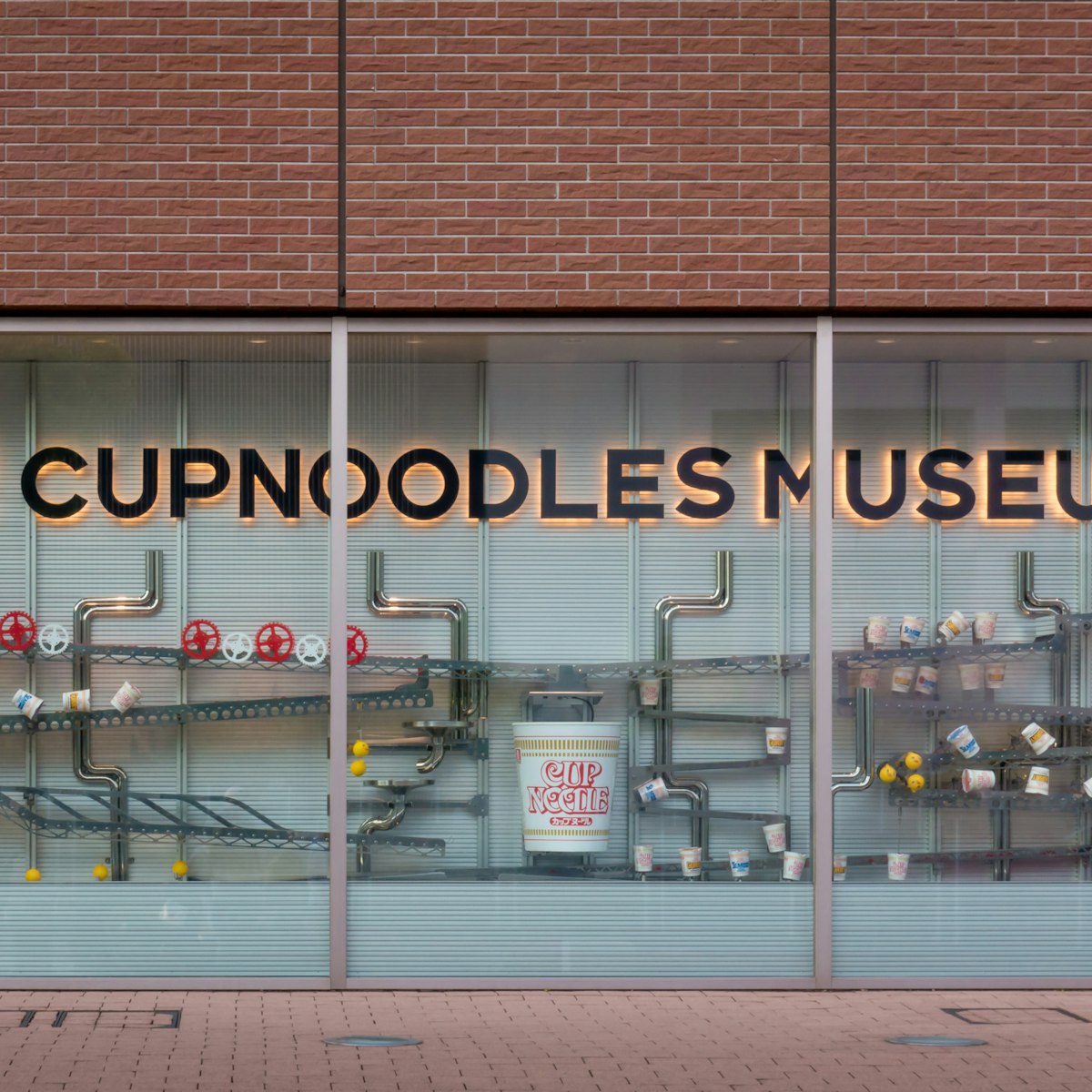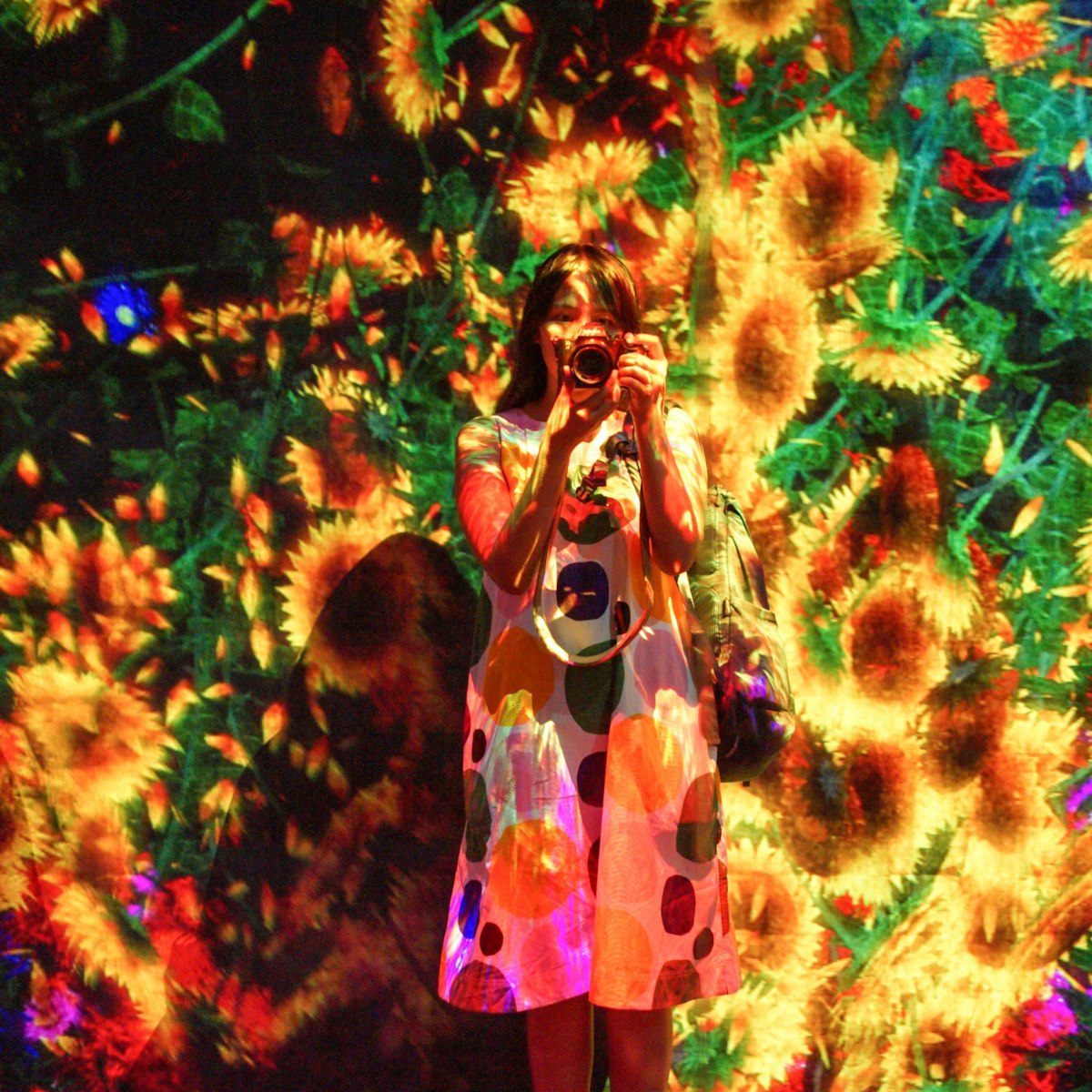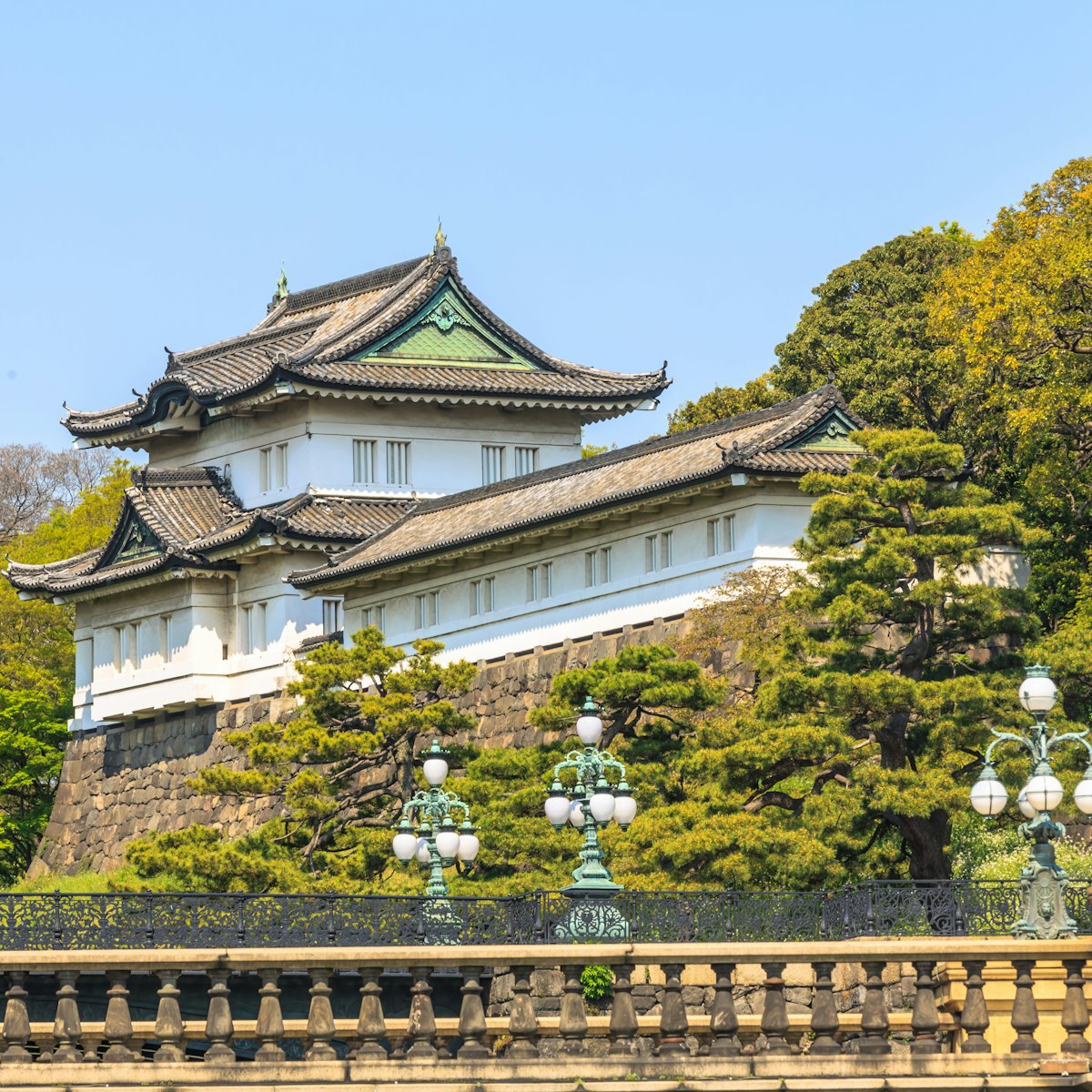Edo-Tokyo Museum is closed for renovations until the end of 2025, although you can still visit the museum virtually.
Tokyo's history museum documents the city's transformation from tidal flatlands to feudal capital to modern metropolis via detailed scale recreations of townscapes, villas, and tenement homes, plus artefacts such as ukiyo-e and old maps. The museum also has interactive displays, multilingual touch-screen panels, and audio guides.
Still, the best way to tour the museum is with one of the gracious English-speaking volunteer guides, who can really bring the history to life. Reserve two weeks in advance (details on the website), though sometimes a free person is available on the day, if you check at the reception counter. There is a lot here and it would take a half day to experience it all; if you're pressed for time, prioritize the section on Edo. A guide can also help steer you to the highlights. Skip the temporary exhibitions as they usually lack English (and the main exhibition is more than enough).
The museum is 62m tall вҖ“ the same height as the 17th-century keep at Edo-jЕҚ, the castle of the shogun вҖ“ and the design, by Kiyonori Kikutake, isвҖҰsomething. The architect intended the structure to resemble a traditional raised-floor building in geometric abstraction. In reality, it looks a bit like an enormous concrete alien, in the style of the sprites from the video game Space Invaders.








